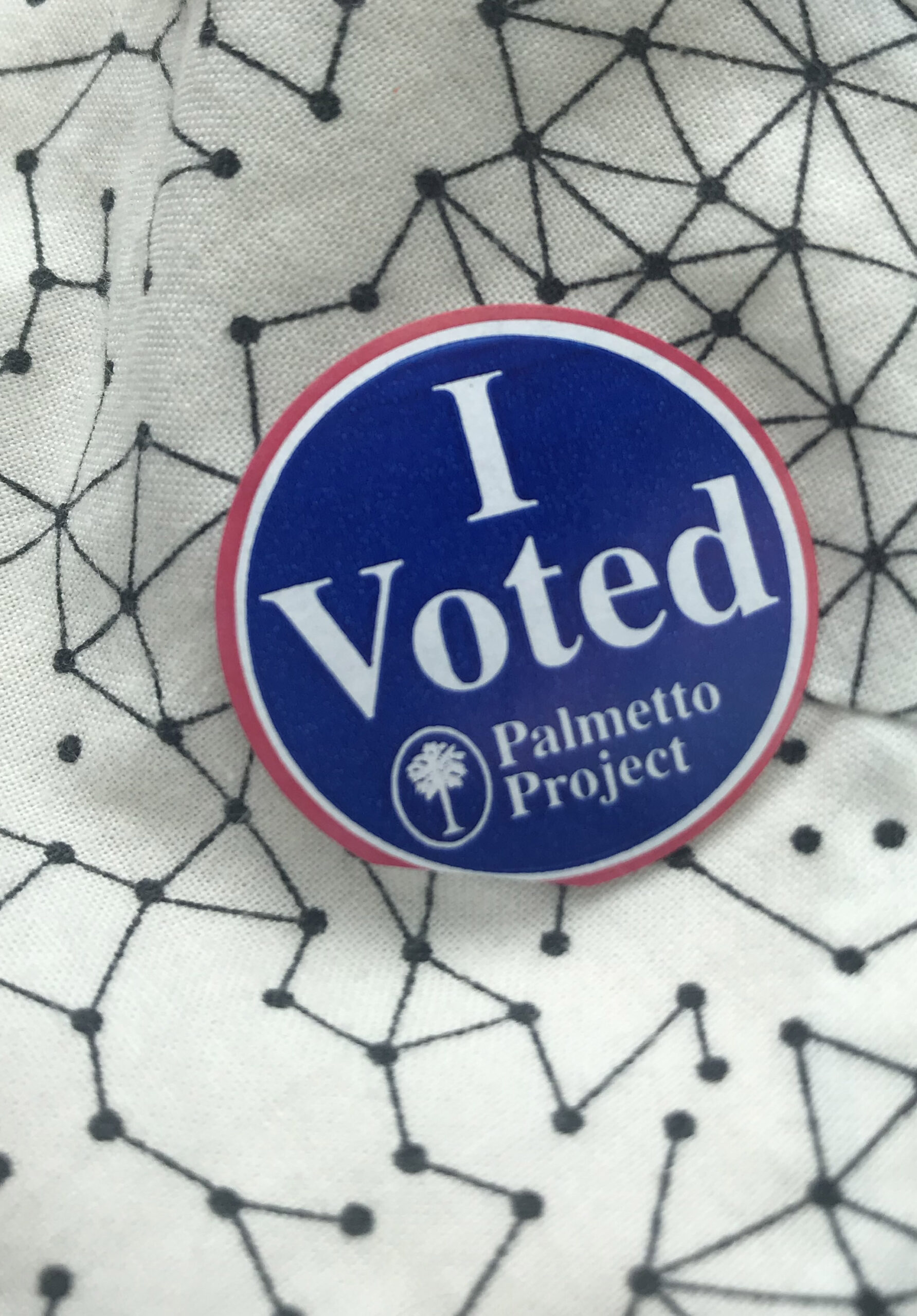Oct. 5 was the first day of absentee in-person voting for South Carolina, and by the looks of the turnout, people showed that they appreciate the opportunity to vote early as a way to try to avoid larger crowds on election day.
According to The South Carolina Election Commission’s report, around 270,000 votes had been cast by the evening of Oct. 13.
Until the pandemic, traditionally when filling out an absentee ballot application, the voter is required to give an excuse as to why they cannot vote in person, as well as have a witness. This rule has caused many who might have needed to vote absentee due to tight schedules with work, family responsibilities, lack of transportation and other factors, but could not afford to spend the time and resources to satisfy the requirements.
Early voting in person provides individuals the opportunity to cast their vote at the best time that works with their hectic schedules. Not everyone has election day off work. In this particular time of living during a pandemic, many essential workers are now working more hours than before, while also filling in the gaps by doing double duty because of layoffs and budget cuts.
Many of the essential workers have families to take care of, so it is not always easy to get a babysitter.
Although many would not think of voter suppression in terms of restrictions on absentee voting, prior to the pandemic, this was a contributing factor because of the fact that many of the presently recognized essential workers have always been essential and have been working difficult jobs with crazy schedules.
For many voters it has always been a struggle to be able to get out to vote. Although polls on election day have long hours, not everyone who gets off work at their job is able to rush over to the polls before they close. Many have to go pick up their children, cook, take care of other family members, and so forth.
Often when people think of voter suppression, what comes to mind are literacy tests that were carried out all over the country up until the Voting Rights Act of 1965. These literacy tests at the polls required only for people of color was an act used to drown out nonwhite voices. Though literacy tests are not present today, there are still roadblocks standing in the way of many votes.
In 2020, voter suppression is seen in the lives of those who were once convicted of felonies, even nonviolent crimes such as possession of marijuana. Although states vary, for the most part, for a period after being incarcerated the right to vote is lost and depends on paying high costs and fees to get that right back.
Voter suppression is also seen in the lives of those a part of the Navajo Nation. Due to their homes being so far from civilization in the midwestern desert landscape of places like Arizona and Utah, they often do not have physical addresses, which is one of the voter registration requirements.
Although these issues of present-day voter suppression are still lingering and in need of urgent attention, one positive aspect is that, despite the tragic and deadly turmoil that COVID-19 has caused, at least it has pushed lawmakers to rethink all of the requirements that make early voting so difficult.
While a witness signature is still required for mail-in voting, to vote in person there are only three steps to follow:
First, visit your County Registration Office or Satellite Office. Second, Complete the application. Third, cast your ballot.
To find your absentee in-person voting locations, head to yorkcountygov.com/vote#AbsenteeInPerson.
Photo by Gwen Manten




